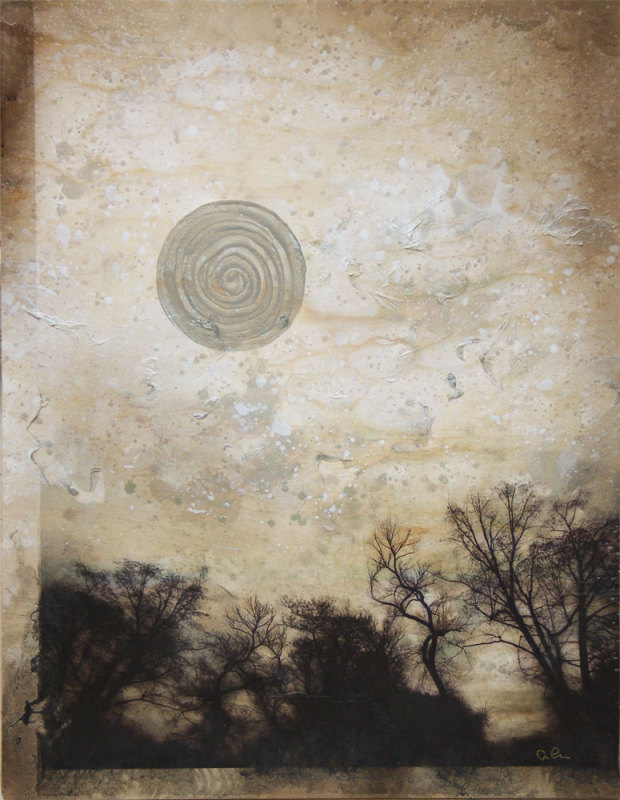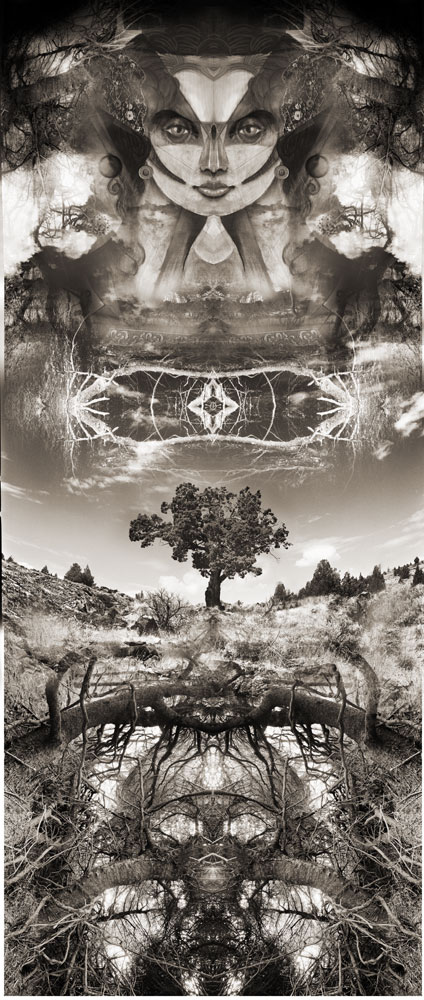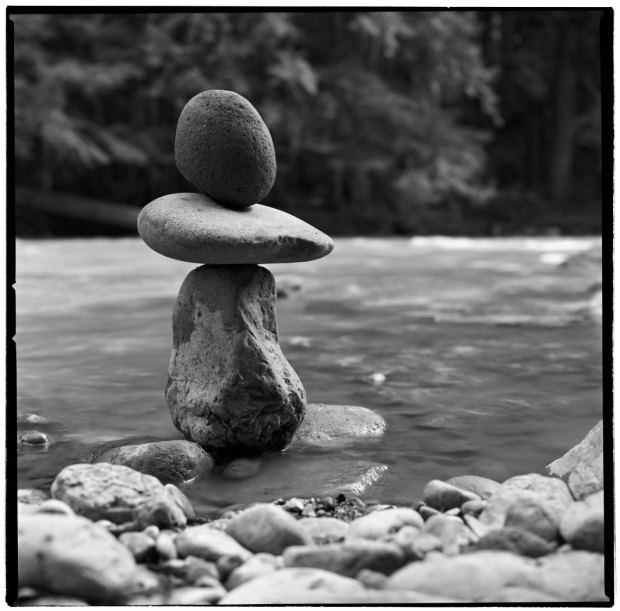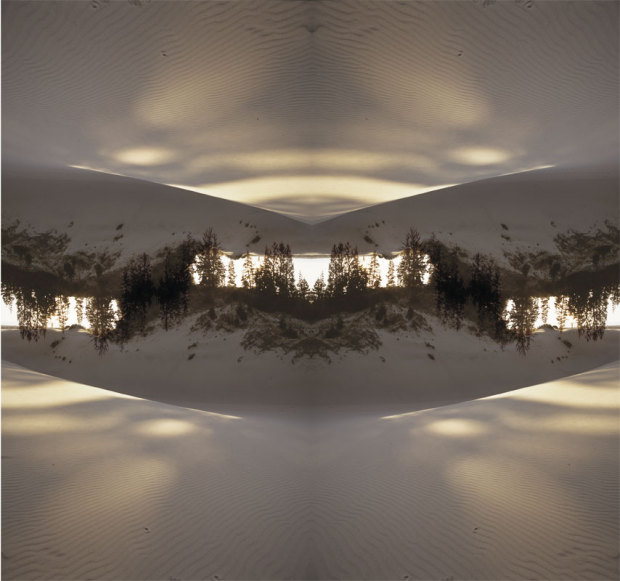Ghost Trees
 Tuesday, June 12, 2007 at 05:05PM
Tuesday, June 12, 2007 at 05:05PM Not quite white nights

In Russia, as the days grow long near the summer solstice, it never quite gets dark at night but stays in a prolonged state of twilight they call the white nights. Here in the Northwest we don't get real white nights but we do get a taste of this manic magic where the daylight can last 20 hours. The Sun sets in the Northwest and rises in the far Northeast. For a few weeks the north side of the house actually gets a healthy dose of sunlight.
The other morning I was up early for a video shoot and watched the Robins building their nests with intense energy at 4:30 in the morning. They used their beaks to break off twigs and then flew them up to their construction sites one after another. Perhaps there is an overlap between the long days, early morning bird energy and that heightened zing that accompanies the inspiration of new art and new projects. The above print kind of captures a bit of this prolonged dusk magic I'm talking about. This print was made again on washi paper and then merged with a painted maple panel to form the image below.

One interesting quality of washi paper is that in places where there is little or no ink the paper practically disappears as the collage medium saturates the fibers, making it transparent. In this case the clouds in the first image were not reading at all when it was pasted down on the panel. ( I kind of knew this would happen which is why the texture on the panel had a sort of cloud thing going on it.) So in a fit of improvisation I scratched with the back end of a brush and disrupted the wet paper which promptly dissolved and formed into thick, well, cloud-like shapes. Happy Result. To see a vivid example of the paper pulling apart look in the lower left corner of the piece and see the wavy torn edge of saturated washi paper. The final step on this piece was putting the thick creamy sun/moon paint on and, again, using the back end of a brush to pull a spiral through the paint. voilà.







